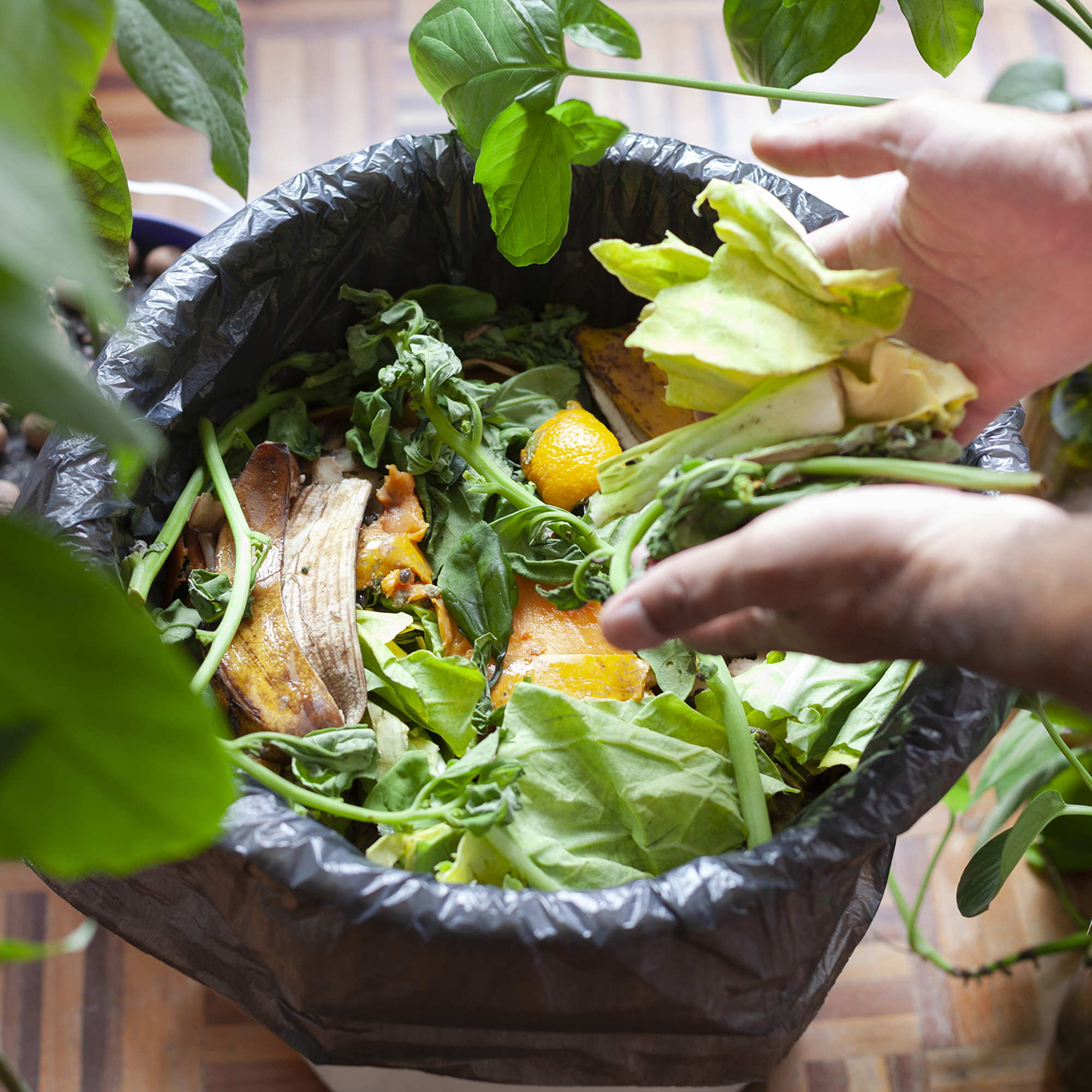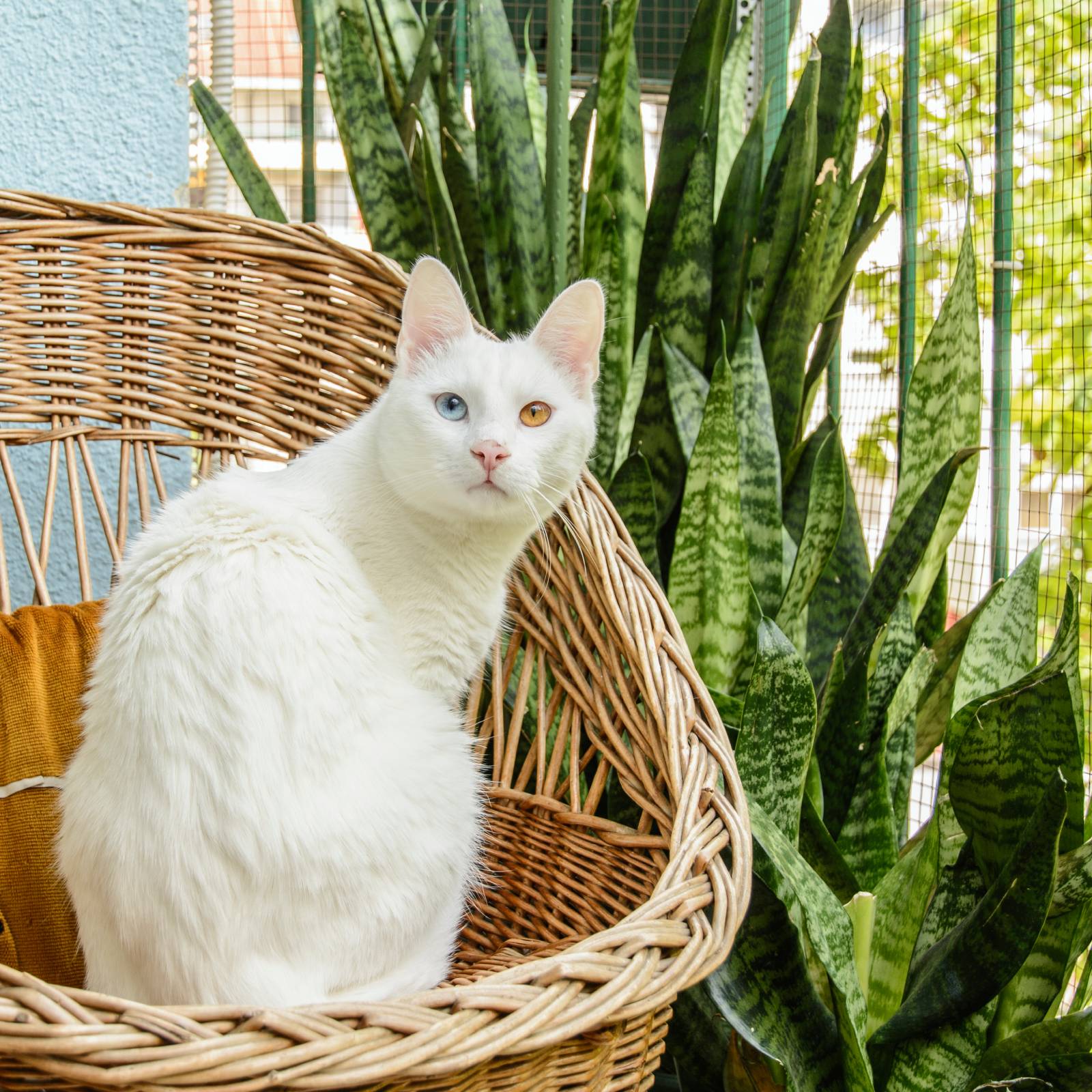Sansevieria Blooming: Flowers Of A Sansevierias (Mother-In-Law's Tongue)


You can own a mother-in-law's tongue (also known as snake plant) for decades and never know that the plant can produce flowers. Then one day, seemingly out of the blue, you find that your plant has produced a flower stalk. Is this possible? Do Sansevierias produce flowers? If they do, why now? Why not more than once a year? Keep reading to learn more.
Do Sansevierias (Mother-in-Law's Tongue) Have Flowers?
Yes, they do. Though mother-in-law's tongue flowers are extremely rare, these hardy houseplants can have flowers.
What Do Sansevierias (Mother-in-Law's Tongue) Flowers Look Like?
Mother-in-law's tongue flowers grow on a very long flower stalk. The stalk can reach a length of up to 3 feet (1 m.) and will be covered in dozens of flower buds. The flowers themselves will be white or cream colored. When fully open, they will look a lot like lilies. The flowers also have a very strong and pleasing scent. The scent can occasionally attract pests due to the strength of the smell.
Why Do Sansevierias (Mother-in-Law's Tongue) Plants Flower?
While it seems like common sense to be as nice as possible to your plants, Sansevieria plants are like a lot of houseplants in that they thrive on a little neglect. A mother-in-law's tongue plant will produce a flower stalk when it is mildly and continually stressed. This normally happens when the plant becomes root bound. The flowers will not hurt your plant, so enjoy the show. It may be several decades again before you see one again.
Gardening tips, videos, info and more delivered right to your inbox!
Sign up for the Gardening Know How newsletter today and receive a free copy of our e-book "How to Grow Delicious Tomatoes".

Heather Rhoades founded Gardening Know How in 2007. She holds degrees from Cleveland State University and Northern Kentucky University. She is an avid gardener with a passion for community, and is a recipient of the Master Gardeners of Ohio Lifetime Achievement Award.
-
 Try The Trend – Turn Any Bed Into A Keyhole Garden With This Clever In-Ground Composter
Try The Trend – Turn Any Bed Into A Keyhole Garden With This Clever In-Ground ComposterKeyhole gardening is an efficient and sustainable practice that saves space. Get started on this DIY project quickly and easily with an in-ground composter.
By Bonnie L. Grant
-
 4 Superfast Composting Methods: Turn Waste Into Garden Gold In 30 Days Or Less
4 Superfast Composting Methods: Turn Waste Into Garden Gold In 30 Days Or LessTry the fastest composting methods to turbocharge your pile and transform kitchen scraps and garden waste into finished compost in just a few weeks.
By Mary Ellen Ellis
-
 Help, My Snake Plant Is Mushy! Advice For Root Rot In Snake Plants
Help, My Snake Plant Is Mushy! Advice For Root Rot In Snake PlantsSnake plants are hardy houseplants, but they can be susceptible to root rot. Learn how to prevent and treat this common snake plant problem.
By Amy Grant
-
 Are Snake Plants Toxic To Dogs? Keep Your Pup Safe Around These Popular Houseplants
Are Snake Plants Toxic To Dogs? Keep Your Pup Safe Around These Popular HouseplantsSnake plants are incredibly popular houseplants because of their hardy nature, but are they dangerous to human's best friend? Learn how to keep your pup safe.
By Amy Grant
-
 Snake Plant Getting Enough Light? Understanding Light Requirements And How To Adjust
Snake Plant Getting Enough Light? Understanding Light Requirements And How To AdjustSnake plant light requirements aren’t as stringent as for some houseplants, but the right lighting is important for their growth and well-being.
By Tonya Barnett
-
 Telltale Signs Of An Overwatered Snake Plant – And How To Fix This Fatal Mistake
Telltale Signs Of An Overwatered Snake Plant – And How To Fix This Fatal MistakeBy Bonnie L. Grant
-
 Are Snake Plants Toxic To Cats? Here’s How To Protect Your Felines And Avoid Trouble
Are Snake Plants Toxic To Cats? Here’s How To Protect Your Felines And Avoid TroubleAre snake plants toxic to cats? A good rule of thumb is to simply keep the plant where kitty can’t get to it.
By Mary Ellen Ellis
-
 Mini Snakes: Try These 6 Small Snake Plant Varieties For A Cute And Compact Indoor Plant
Mini Snakes: Try These 6 Small Snake Plant Varieties For A Cute And Compact Indoor PlantYou love the drama and structure of a snake – but what if you don’t have much indoor space? These small snake plant varieties are ideal for mini pot perfection
By Teo Spengler
-
 10 Snake Plant Varieties To Elevate Your Indoor Plant Collection
10 Snake Plant Varieties To Elevate Your Indoor Plant CollectionDon’t let the name fool you - snake plants are friendly, beautiful, and easy to grow. Here are 10 of my favorites you may not have heard of.
By Bonnie L. Grant
-
 Tips For Transplanting A Snake Plant
Tips For Transplanting A Snake PlantSnake plants require very little care, which can make it difficult to judge if repotting one would be beneficial. Read on for tips.
By Laura Miller